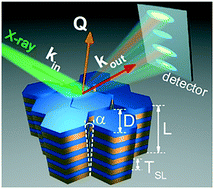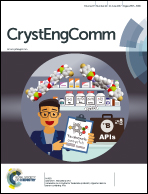Asymmetrical reciprocal space mapping using X-ray diffraction: a technique for structural characterization of GaN/AlN superlattices
Abstract
A new approach is described that is applicable for structural characterization of any heteroepitaxially grown (strained or relaxed) III-nitride superlattices (SLs). The proposed method utilizes X-ray reciprocal space mapping measured in the vicinity of an asymmetrical reflection to determine the SL period, thickness, and strain state of a quantum well/barrier. On the example of a GaN/AlN SL, it is demonstrated that the structure parameters obtained from the proposed method agree very well with the parameters revealed by the currently preferred approach that is based on the measurements of ω/2θ X-ray diffraction profiles. Furthermore, it is shown that the shape of the reciprocal lattice points measured in the asymmetrical diffraction geometry contains additional information about the density of threading dislocations (TDs) in the GaN substrate and in the GaN/AlN SL. The comparison of the density of TDs in the substrate and in the SL allows analysis of the relaxation mechanism and development of new techniques for the improvement of the structural quality of the SL.



 Please wait while we load your content...
Please wait while we load your content...